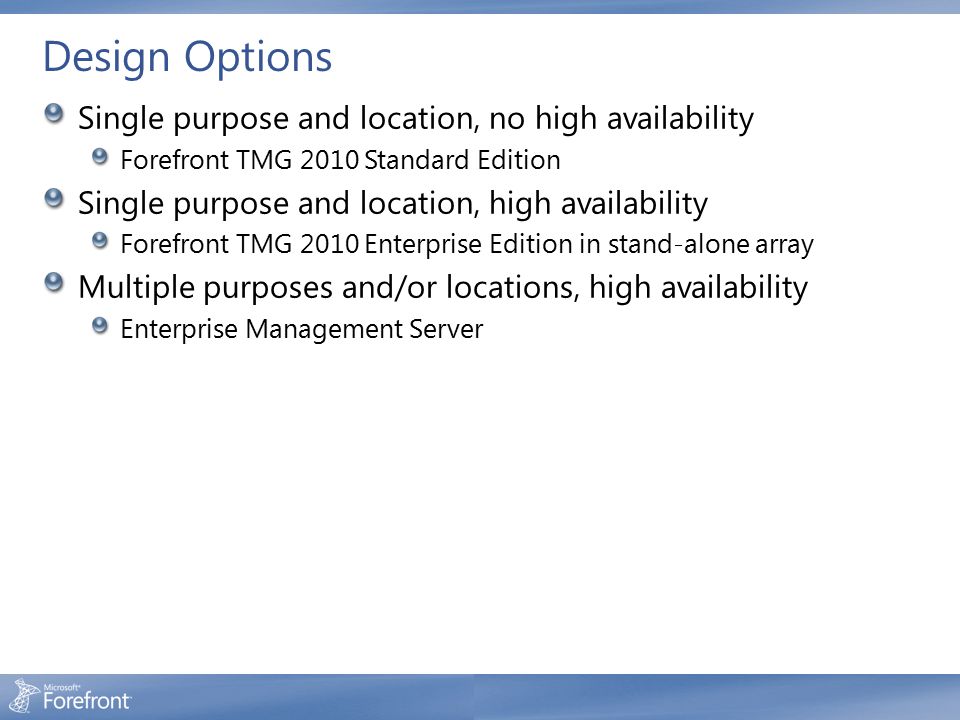


If you want to go refresh yourself and re-read that whitepaper, go ahead, this page will wait patiently for your return. It covers the basic configuration of things like certificates, authentication, publishing rules and more – so rather than repeat all that here, we’re just going to focus on the Exchange 2013-specific changes you need to make. I’m going to make an assumption here (risky perhaps, but if you are reading this post it is highly probable you already have TMG publishing either Exchange 2007 or Exchange 2010) that you're familiar with the existing guidance we have published.

TMG can be configured to work with Exchange 2013, and that’s what I’m going to walk through in this post. So, the UAG team is busy beavering away re-writing their rule sets to work properly with Exchange 2013, so the advice for now if you have UAG, is to wait for a future UAG update, where it is currently expected that Exchange 2013 support will be added.

And when an application like UAG inspects Outlook Web App traffic, it gets a little confused when you change everything without telling it. Why’s that? Well, as you’ll have gathered from other posts on this fine blog, we re-wrote Outlook Web App for Exchange 2013. This post will help you configure TMG, for sure, but not UAG – as for the time being, you can’t effectively publish Exchange 2013 using UAG without turning off many of the security features in UAG. Now that Exchange Server 2013 is available, some of you may well be wondering how to publish it to the Internet using Microsoft Threat Management Gateway (TMG) or perhaps the Microsoft Unified Access Gateway (UAG) 2010. Update 5/21/13: The article has been updated to include information regarding Exchange 2013 RTM CU1. Update 11/28/12: we wanted to let you know that the Forefront Unified Access Gateway (UAG) Product Team team has published a blog post around availability of UAG 2010 SP3 which will include support for publishing Exchange 2013.


 0 kommentar(er)
0 kommentar(er)
